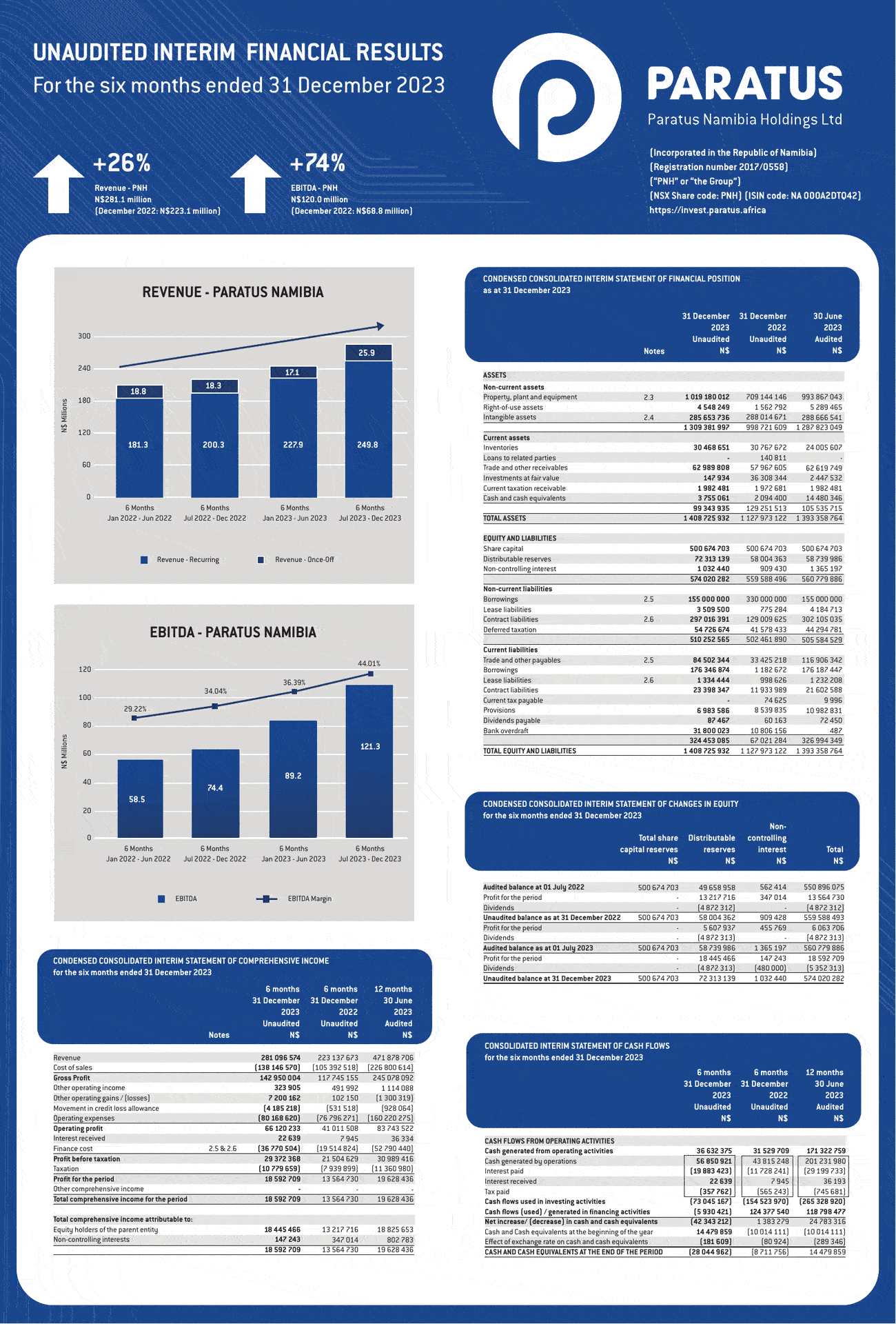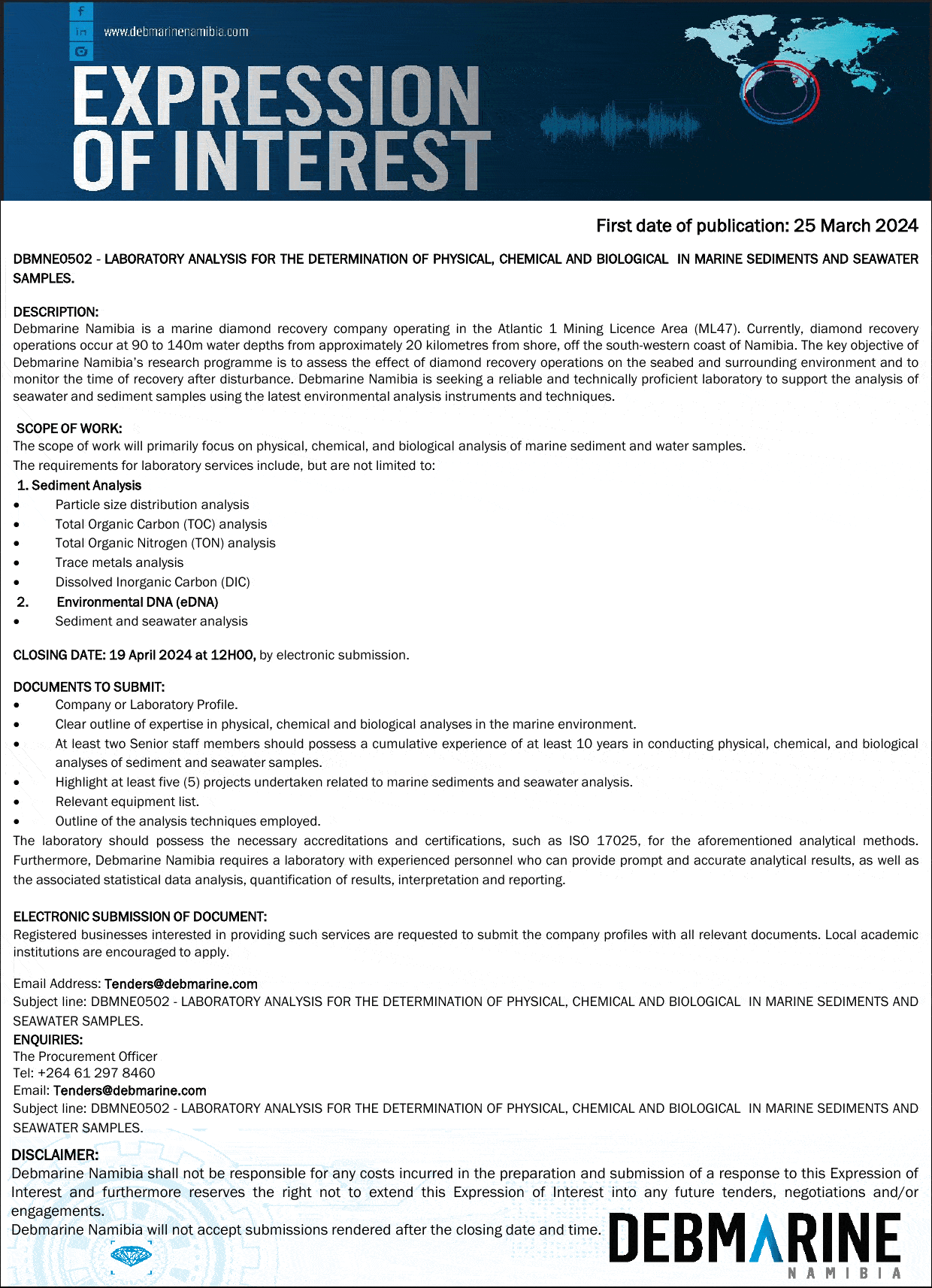
Understanding Weather – not predicting – 17 August2012
What happened?
The cold snap provides a vicious sample of what the interplay between neighbouring synoptic patterns (high and low pressure cores and their areas of activity) can do with regard to wind, temperature and precipitation.
The development of a well-marked trough throughout the troposphere over the southeast Atlantic was identified by predictive charts. That it would have limited effect upon our weather was also given a strong possibility. So if there was a “no-show”, why the significance?
The earliest work and development of the understanding of the interaction between warm and cold air evolved in the northern hemisphere, across the North Atlantic. Within a generation the realization that this range of synoptic patterns was mirrored in our part of the world became the daily menu for our weather.
An obvious feature being that these pattern moved, with occasional, rare exception from west to east.
Our more recent experience, this last week as a most obvious example, is that we are seeing a frequent divergence from this standard.
First of all, a recurrent feature has been the ability for the cold source, the anticyclone supplying the cold, undercutting air to create a quicker moving shallow ridge which thrusts south of the vortex and drives eastward, so isolating the vortex forming a “cut-off” low.
The cut-off vortex then slides around the western side of the new anticyclone, assisted by the northerly flow, being led to the southeast and able to merge with another disturbance in that area.
Another feature has been the ability for the whole pattern to move from northwest to southeast, like our experience where the rain-belt also slides away with Namibia’s southeastern parts missing out on the precipitation.
We saw a moist flow from the northwest, colder undercutting from the southwest brought showers to the escarpment, locally heavier falls were reported variously in the southwest.
The north then returned to and duly remained warm to hot (mid 20’s), central Namibia returned to acceptable warmth (20’s) , while the south had, briefly, another cold snap.
What’s coming?
By Friday an obvious intense trough nears the Cape, but this too weakens as it slides, again, around the continent southern-most extremity. The persistent and intense anticyclone on the southwestern Atlantic generates two major troughs, Saturday and Tuesday but both follow the same dissipating example, leaving all but the extreme southwest within a northerly orientated flow for the new week. Few places should be colder than 10oC. Midday temperatures make the 20’s range generally.
Mid-week’s trough can reach the extreme southwest, before sliding away. By all indications, and according to the forecast consensus, severe cold is highly unlikely. The weather patterns in general are preparing for spring in the southern hemisphere.














































